As satisfying as a well-written recipe, a smart DIY is our kind of lunch break reading. Bonus points if it's an easy project AND teaches us how to make something beautiful.
Today: Emboldened by our success in Chemistry 101 with DIY soap, Caitlin Pike is sharing all about the alchemy that is dipping and drying sparklers at home.
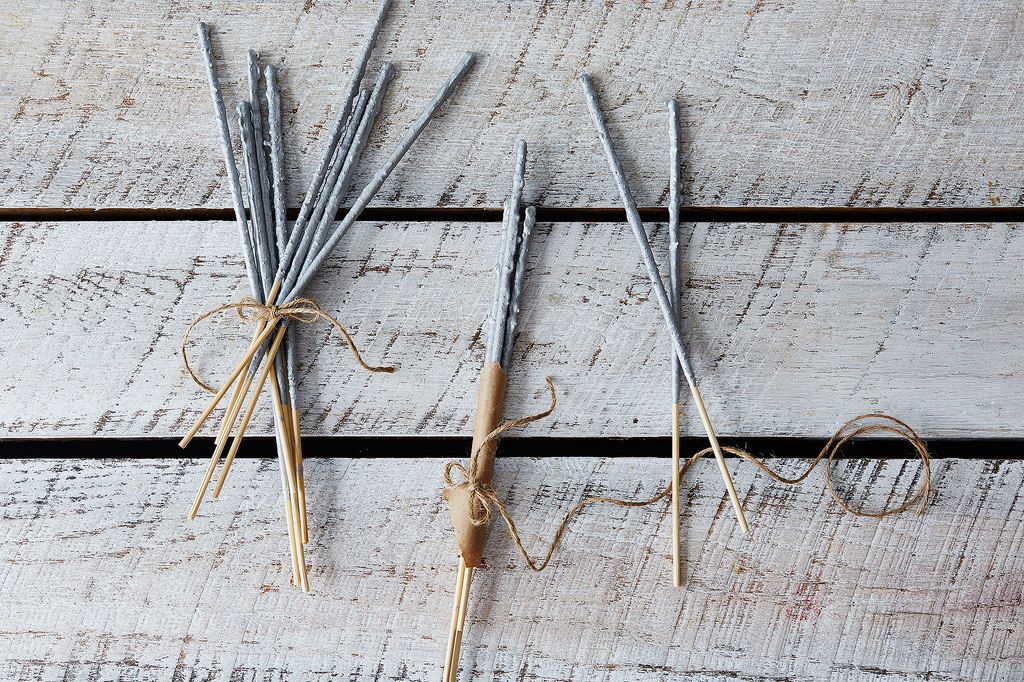
There are many motivations to DIY. Sometimes, as with stock made from scraps, it’s an economical choice. Sometimes, like with yogurt, we might prefer the end product to something store-bought. Sometimes, like with soapmaking and sewing projects, making something by hand lets us exercise our creative impulses and customize our belongings. And sometimes, DIYing isn’t cheaper or easier or faster or higher-quality, but we still try it—just to see if we can.
That’s why, for this Independence Day, I made my own sparklers. Yes, there are some scary-sounding chemicals involved; yes, it’s more expensive than buying a pack at your neighborhood fireworks stand (unless you live in NYC, where even those are hard to come by). But it turned out to be fun and empowering to make something that I’d never imagined I could do myself, and I learned a few things about chemistry along the way.
Note: Before you get started, do check your state and local regulations to be sure that sparklers are legal to use where you live! All good? Let's do this.
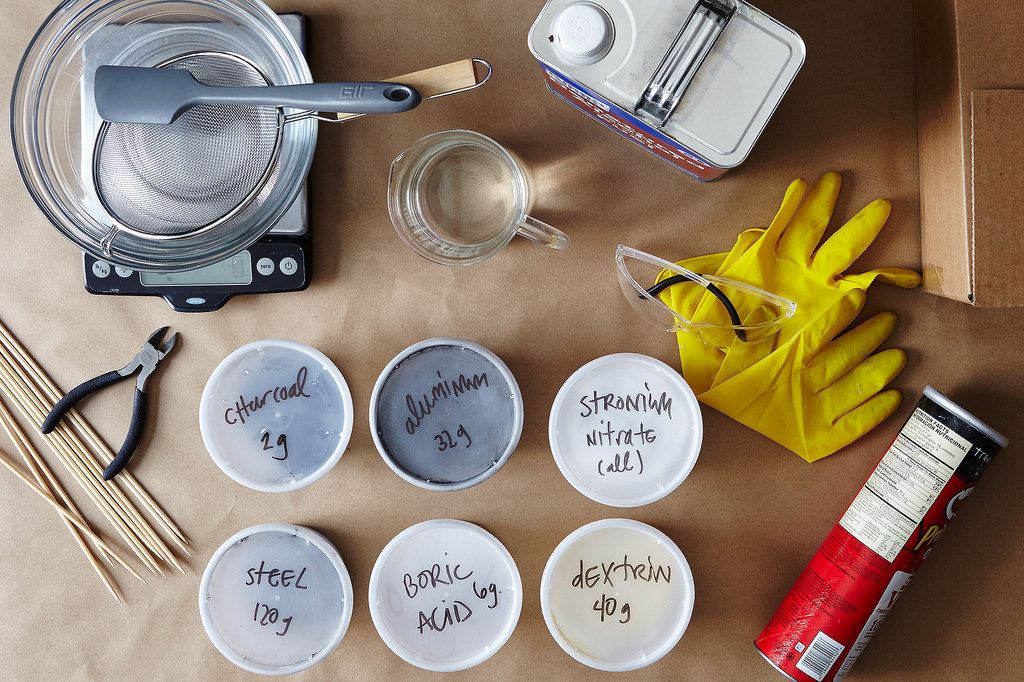
What You'll Need to Make 25 Sparklers:
25 12-inch bamboo skewers
Corrugated cardboard box (such as the one your ingredients were shipped in)
200 grams strontium nitrate* (an oxidizer, necessary for the fuel to combust)
120 grams steel powder* (a metallic fuel that contains iron, which, in this case, makes the sparks)
32 grams aluminum*, bright flake, -325 mesh (another metallic fuel responsible for making the sparks)
2 grams airfloat charcoal* (additional fuel for modifying the burning speed of the sparkler)
6 grams boric acid* (suppresses a possible reaction between the aluminum powder and water)
40 grams dextrin* (a combustible binder used to hold everything else together)
25 mL denatured alcohol, a.k.a. ethanol (available at hardware stores as a fuel)
Wire cutters
Glass liquid measuring cup
Mesh sieve
2 medium glass bowls (the ones in your kitchen will work and can be safely washed clean afterwards)
Small glass bowl or additional measuring cup
Long spoon or spatula
Tall, narrow, preferably disposable container to hold your chemical mix, such as a tall water bottle, a canister of oats, or a Pringles can
Scale that can measure in grams
Rubber gloves
Safety goggles
*These chemicals are usually only sold by the pound, so the most cost-effective way to DIY sparklers is to double, triple, or even quadruple this recipe. Consider ordering a kit like this one containing most of the chemicals from a fireworks supplier, which provides enough to make two batches of this recipe with large leftover amounts of a few of them. By supplementing with extra orders of strontium nitrate, steel, and aluminum, you'll have plenty of supplies to make another few batches.
How to DIY Sparklers:
1. Make a sparkler drying rack and trim the skewers. Use a skewer to poke 25 holes all the way through the bottom of a corrugated cardboard box, spacing them at least an inch apart, and trim the pointed ends off the skewers using wire cutters.
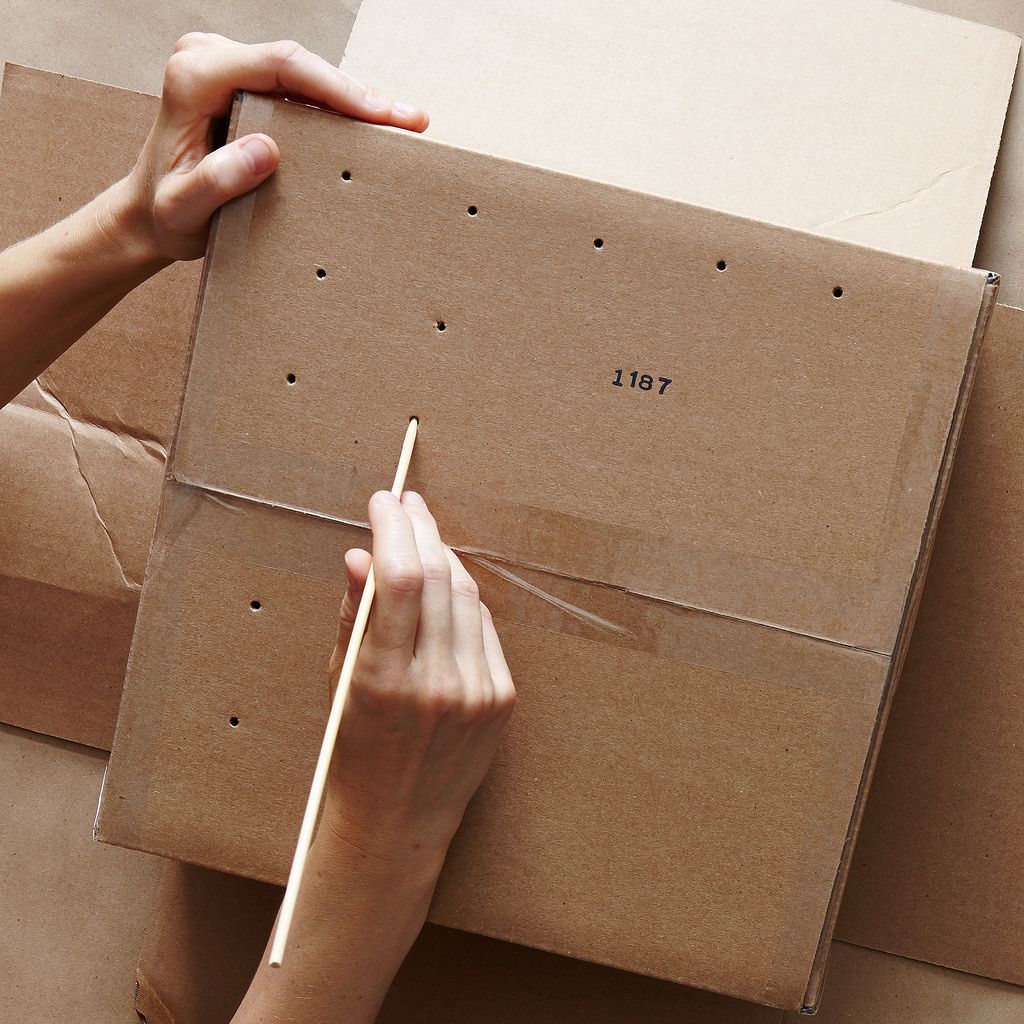
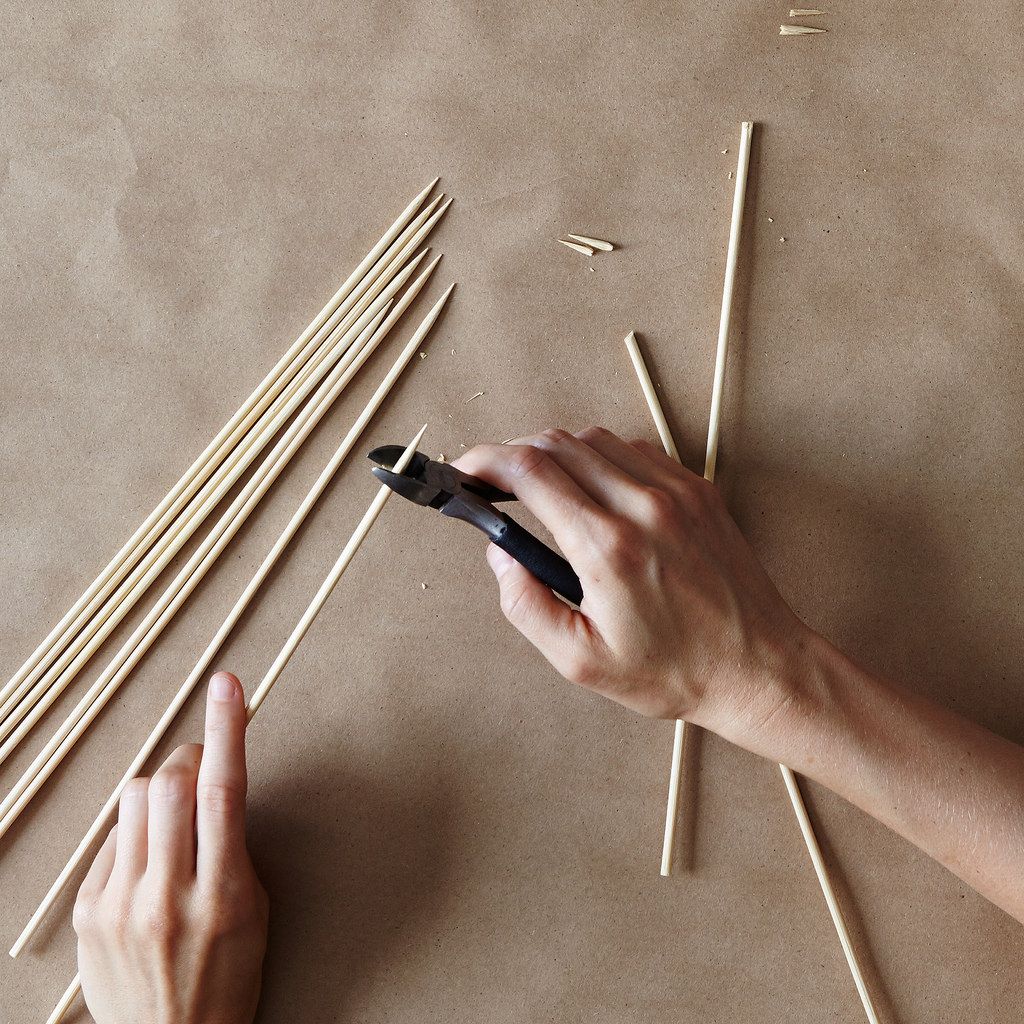
Set up the box in a location where it will be undisturbed for a few days, spreading out a layer of craft or newspaper underneath to catch any drips. Position it on its side so that the sparklers will stick out horizontally when you put them in the holes to dry (this will prevent them from dripping down onto their own handles), and secure it with a counterweight inside so that the weight of the sparklers won’t cause it to tip forward.
Note: Protect yourself during the next steps by putting on rubber gloves. Some of the powders you’ll use are very fine and can float up into the air, so you may want to wear safety goggles as well to protect your eyes from stray particles.
2. Prepare your wet ingredients. For the liquid medium holding all the powdered chemicals together, measure 25 mL of ethanol and 75 mL of water into a measuring cup and set aside to use in the next step. (If you're planning to make a second batch, go ahead and double this batch while you're at it.)
3. Mix the dry ingredients. One by one, use the scale and small bowl to weigh out the strontium nitrate, steel powder, aluminum, charcoal, and boric acid, and add them to the medium bowl. If any of the chemical powders are clumpy (stronium nitrate, especially), remove clumps using your gloved hand to press them through a sieve as you transfer to the medium bowl.
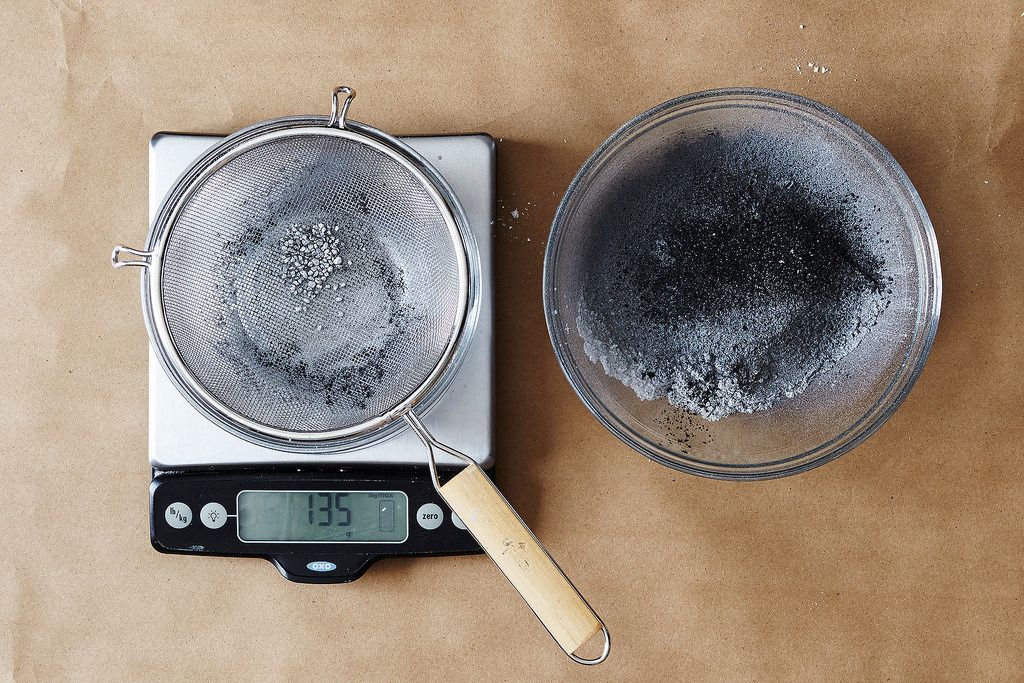
Stir everything together, then pour the mixture through the sieve into the second bowl. This step ensures a thorough mixing and lets you remove any missed clumps or large particles. I found it best to push the mixture gently through the sieve with my gloved hand rather than shaking the sieve, to prevent fine particles from flying into the air.
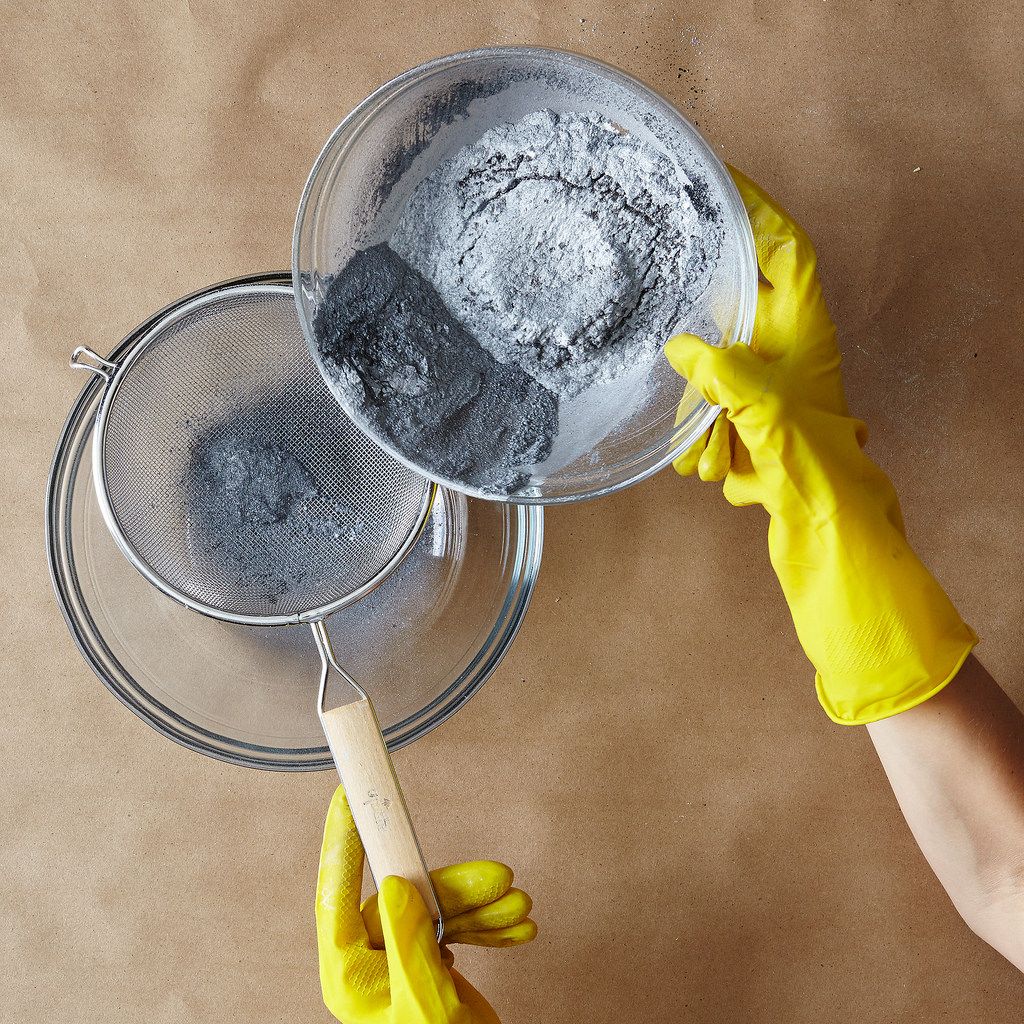
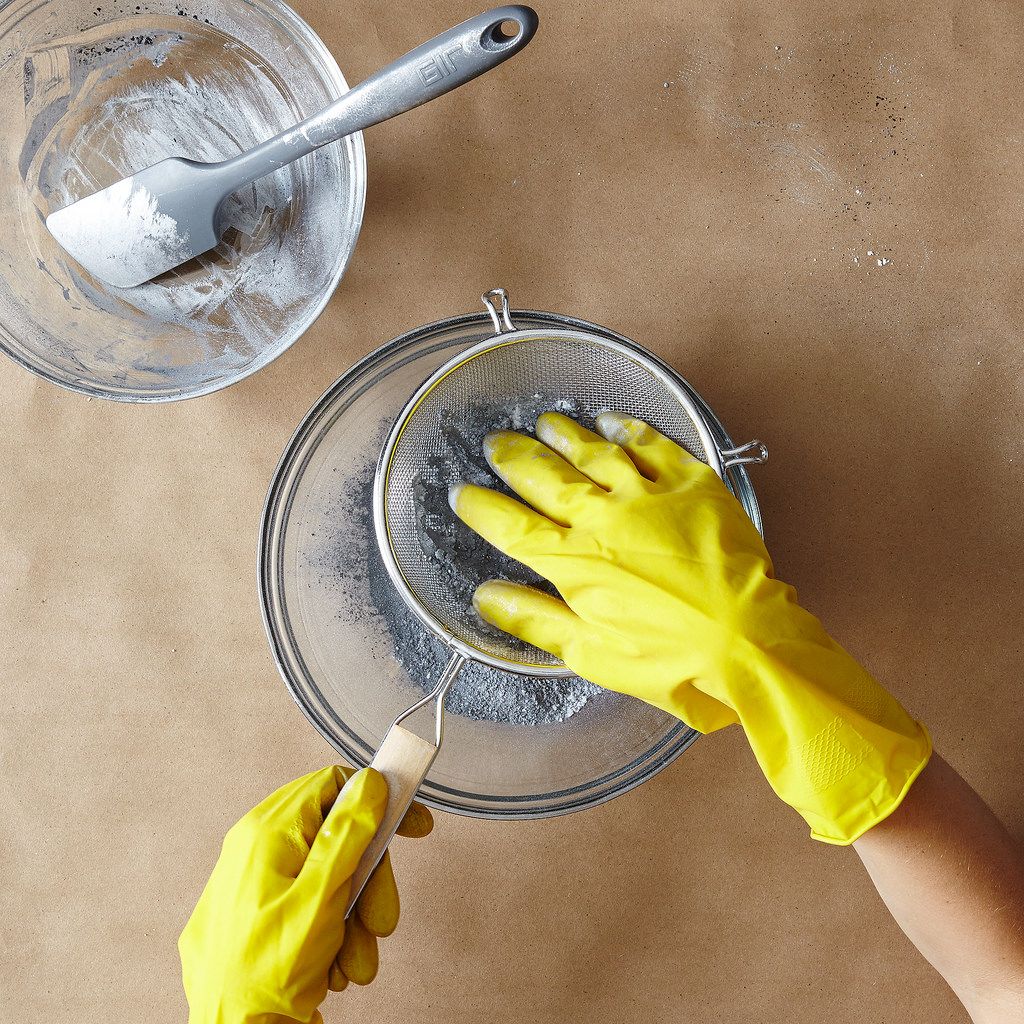
4. Make a dextrin slurry. That's right—weigh out the dextrin into the small bowl and add about 25 mL of the ethanol/water solution you made in the last step and stir thoroughly to form a mustard-colored paste. Break up any large clumps in the paste using your spoon or spatula.
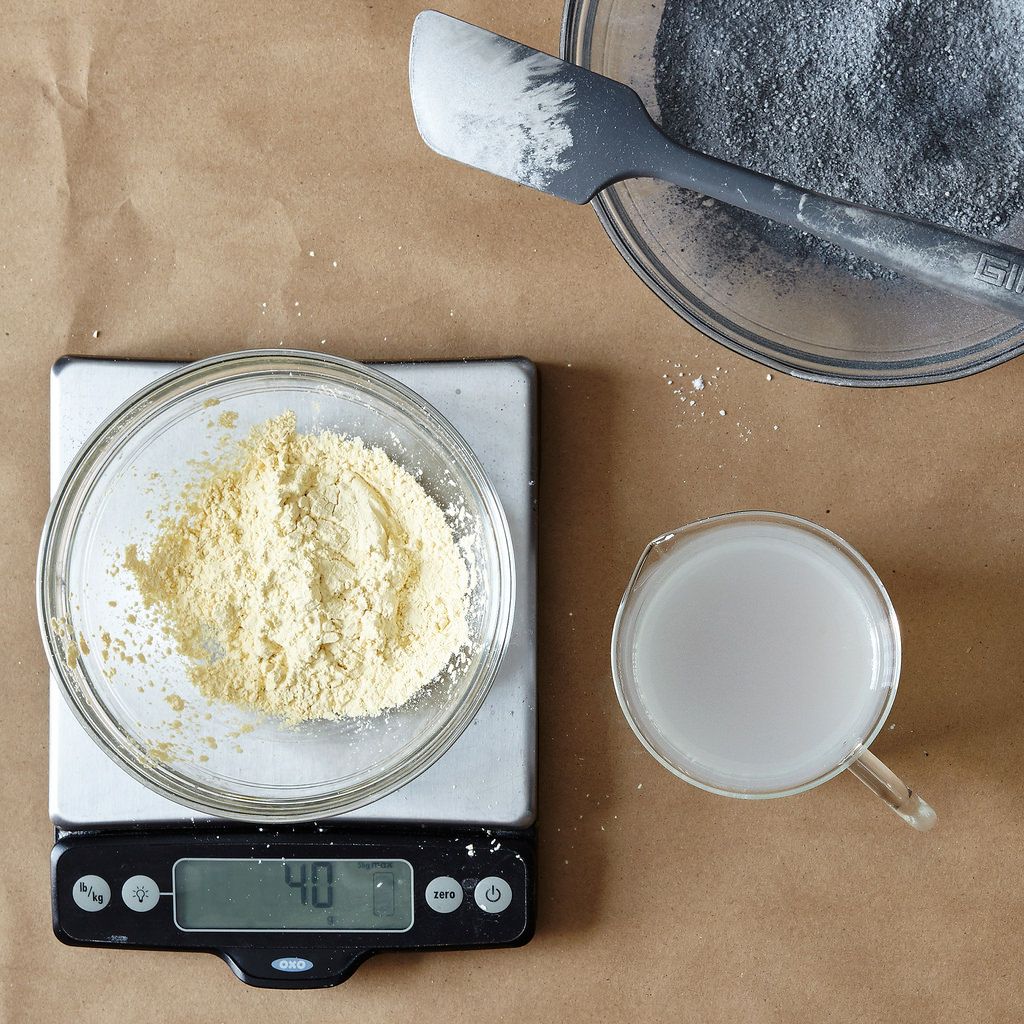
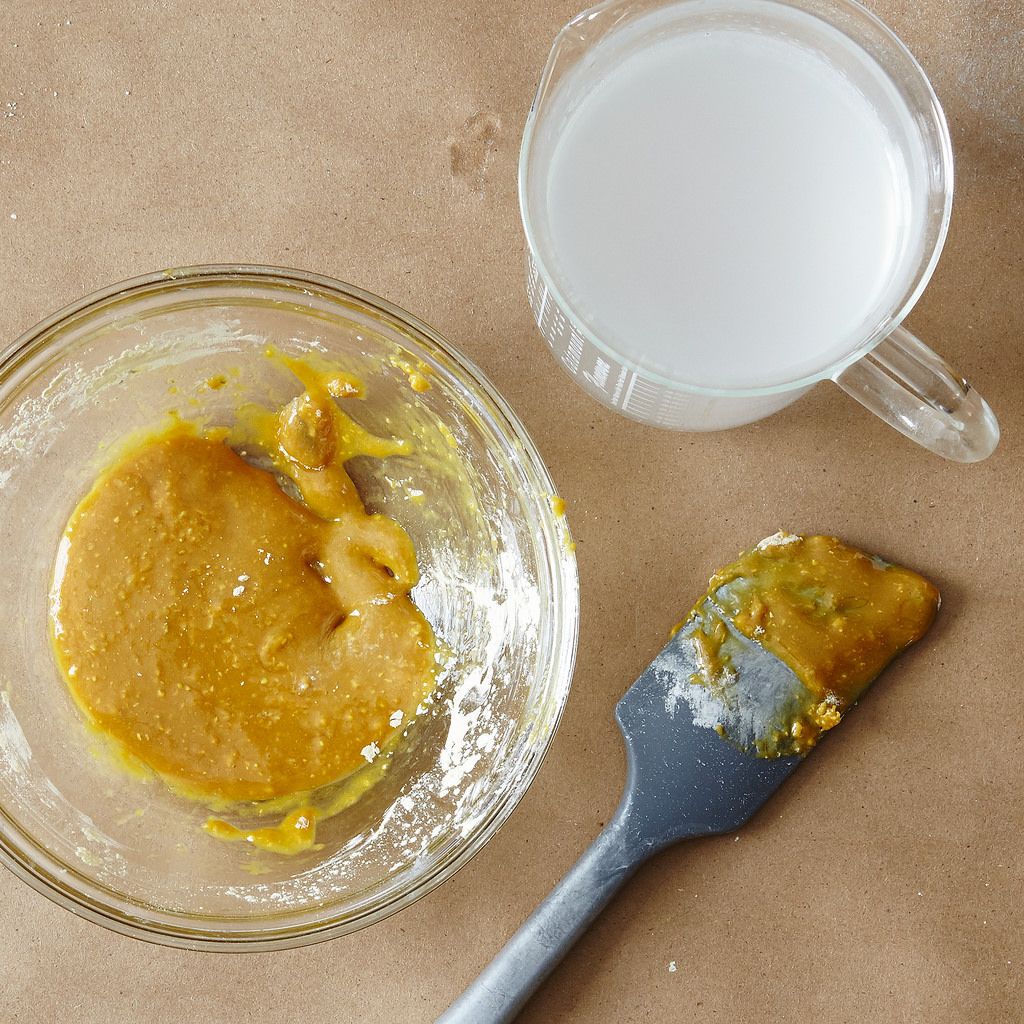
Stir this paste into the bowl of dry chemicals, then dribble in approximately 65 mL more of the ethanol/water solution. The exact amount may vary (and it's okay if it does), so just add a small of ethanol solution a time until the mixture reaches a thick, smooth, molasses-like texture. Stir to combine, squishing out as many lumps as you can with your spoon or spatula, and watch as your powdered chemicals transform into a shimmery silver solution that makes all this weighing and mixing worth it.
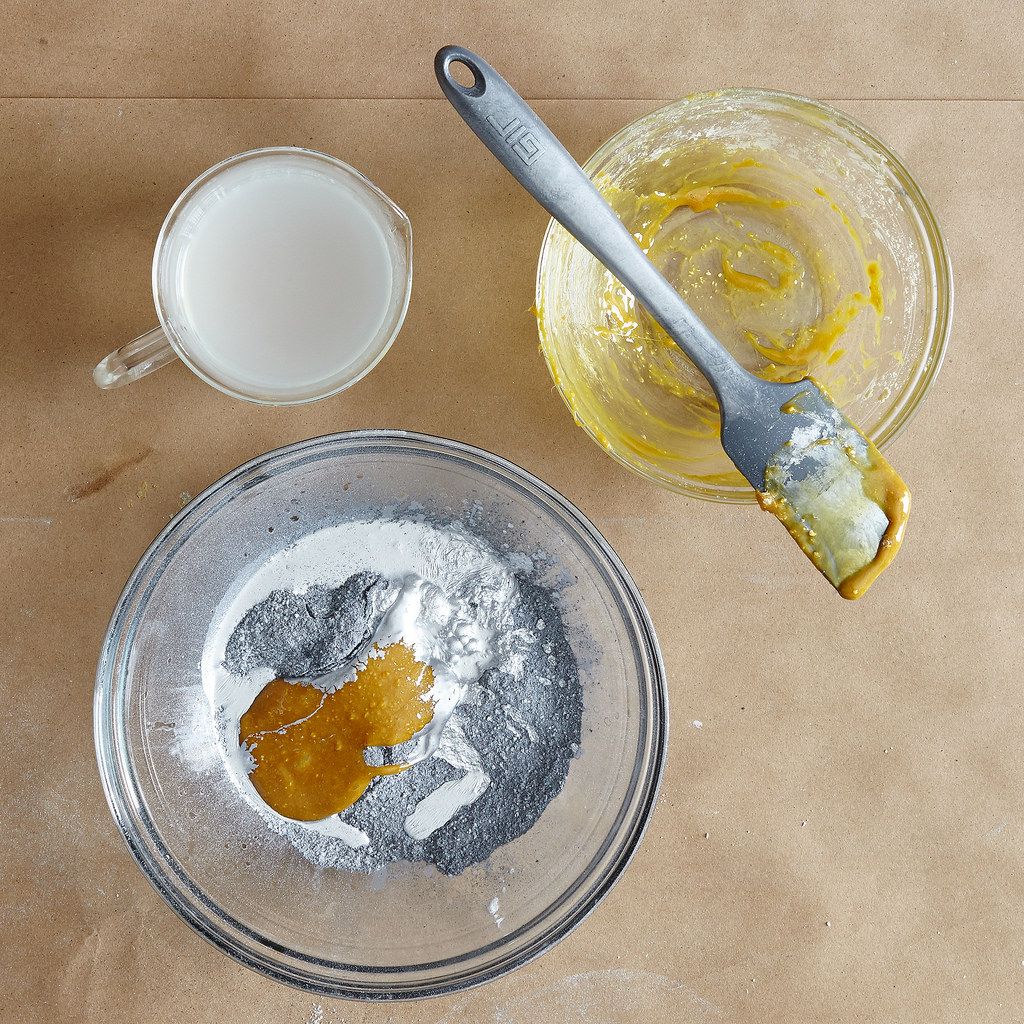
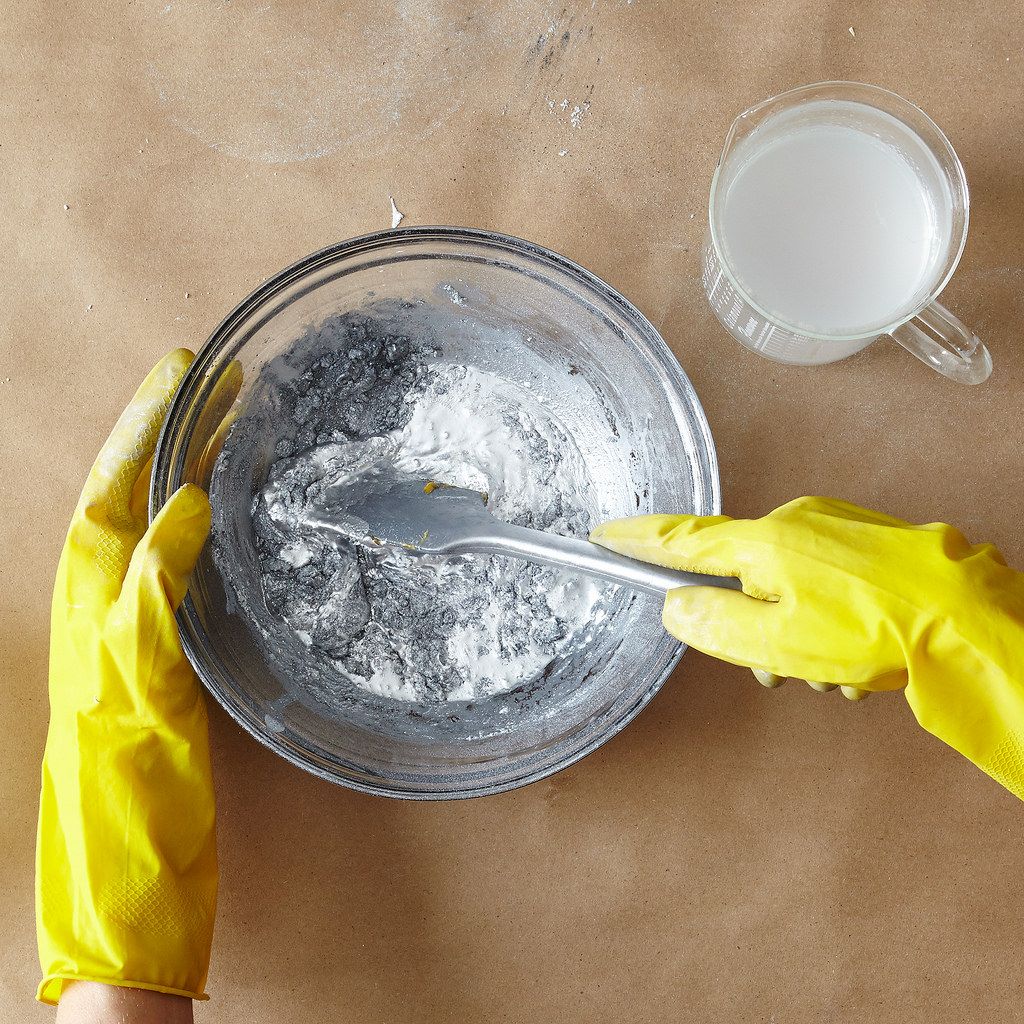
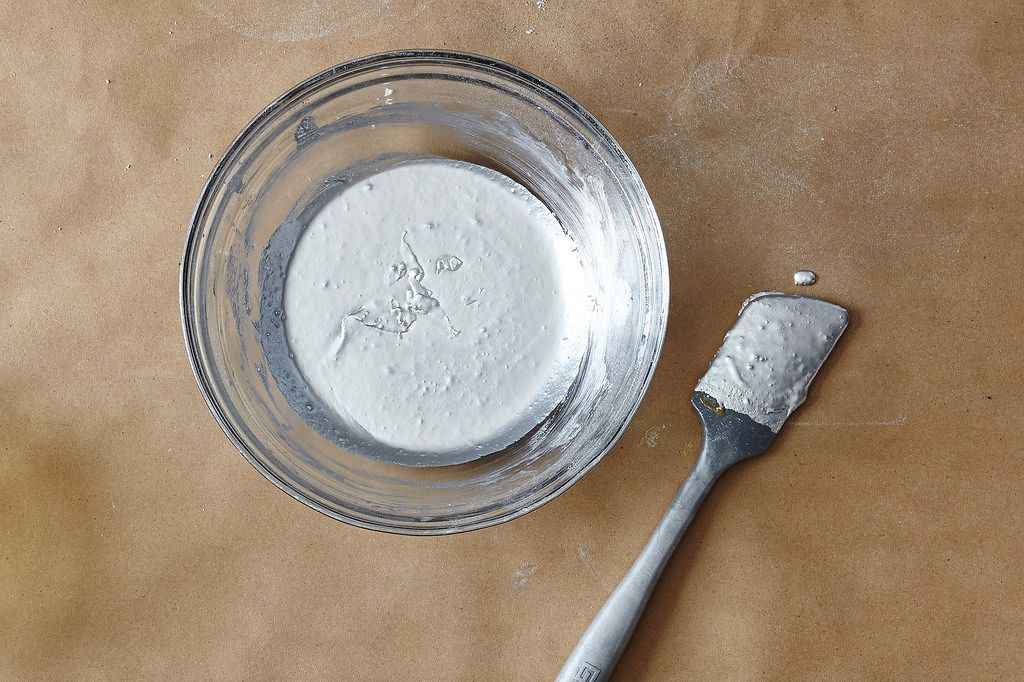
5. Dip. Pour the mixture into a tall, narrow, preferably disposable container like a Pringles can for the next step.
Dip and roll the bottom 7 to 8 inches of each skewer in the sparkler mixture, leaving the other 4 to 5 inches bare for a handle, tilting the container of mixture to make it easier. Let as much mixture as possible drip off the skewer back into the container by holding the skewer upside down for a few moments and shaking it gently inside the container—the more thorough you are with this step, the smoother your sparklers will be.
6. Dry. Insert each sparkler into a hole in the drying rack, cover the container of mixture to save it, and let the sparklers dry out for 24 hours.
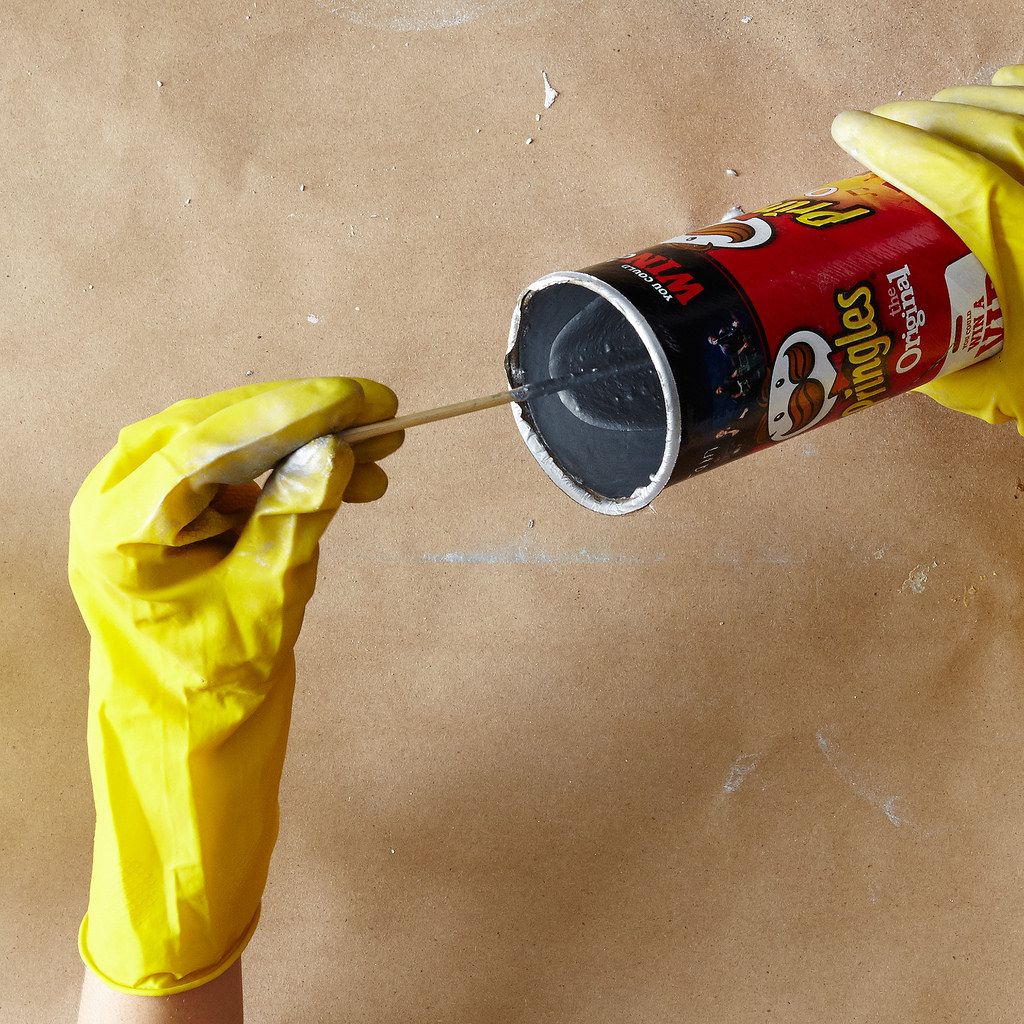

7. Repeat twice. To finish the sparklers, you’ll need to come back for two more dips (for a total of 3), allowing 24 hours of drying time between each. You’ll likely find that the mixture in the container has thickened a bit overnight, so thin it with a few mL of the ethanol solution if necessary and stir well. Follow the same dipping/drying procedure as before. You’re still aiming for as smooth a coating as possible, but some lumps and bumps are inevitable and won’t be a problem for the finished sparkler.
After a total of three dips and a final dry time of 48 hours, the sparklers are ready to use.
Cleanup
Clean your bowls, sieve, measuring cup(s), and stirrer with soap and water immediately after using them. These items should be easy to clean as long as you don’t allow any sparkler mixture to dry on them—but toss them in the dishwasher after if you want to be extra safe. Be sure to wipe out any metal remains from the bottom of the sink, where they can rust if left in standing water. If any of the solution gets on your skin, don't fret but do clean it off immediately!
When you're done dipping, carefully discard the dipping container since it's been in contact with the chemicals for some time (and if the spatula you used is at all porous, discard that, too). To be safe when discarding your container, newspaper, and anything else with dried sparkler material on it, soak these items in water until they are thoroughly saturated and seal them in plastic bags before throwing them away. Use this same treatment if you need to dispose of any unburnt sparklers. In addition, check your local regulations for any rules applying to disposing of this type of waste.
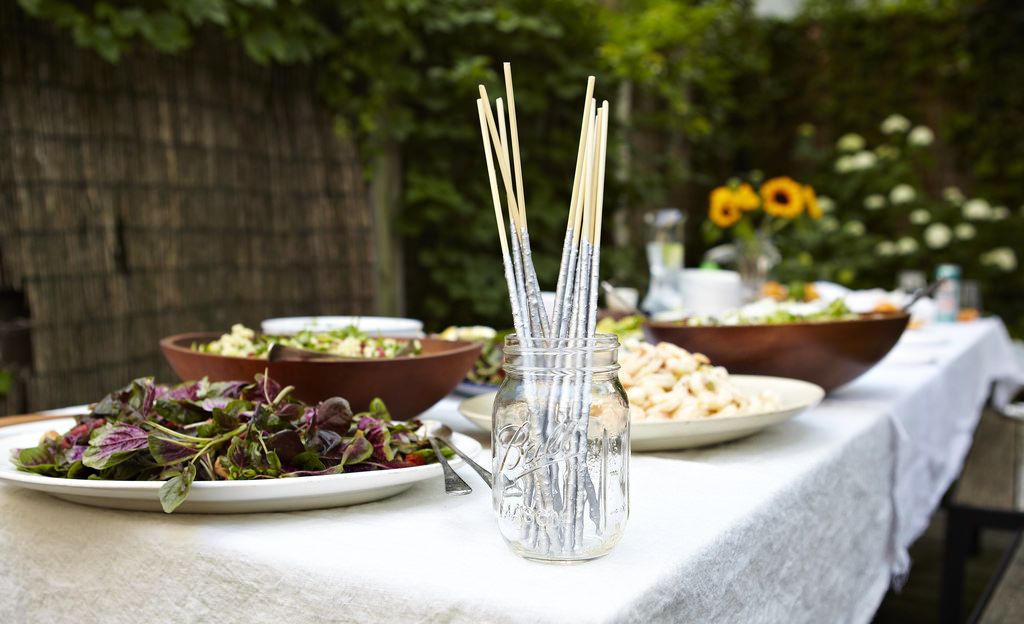
Using the sparklers
These sparklers can be tricky to light, so it’s best to use a lighter with a long handle (to keep your hand safe) or a candle, rather than a short lighter or match. It’s also easy to light the sparklers off one another after the first one is lit. Unless your dipping technique is perfect, these will also burn a bit less evenly than store-bought sparklers—but that's part of the charm! If they’re difficult to keep lit, try holding them pointing downward (with the handle above the burning part) for a moment.

Unlike commercial sparklers with wire cores, the bamboo cores of these sparklers will partially burn away as the sparkler sparkles. Because the sparkler material burns faster than the wood, they won’t completely disintegrate but they could drop hot ash, so wear shoes and use extra caution.
As with any fireworks, follow basic safety precautions: Only use them outdoors and have water or a fire extinguisher on hand. Once you've burned them, douse the sticks in water before discarding. If you’re storing unused sparklers for later, keep them in a humid place away from heat and flame, and check for rust before using them if they’ve been stored for a while.
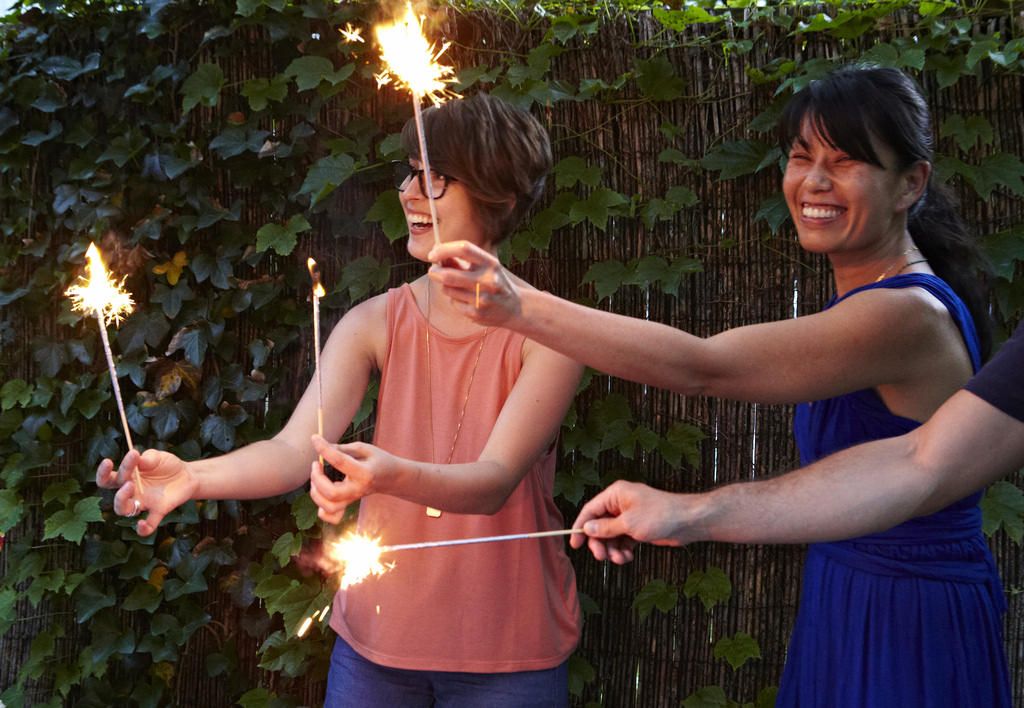
Enjoy your homemade sparklers during your summer celebrations (they're also excellent as gifts and favors). Not only are you making your chemistry teacher proud (and your parents a little scared)—you’re also celebrating your own sense of adventure! You've got this.
What other DIYs are you planning on making for the holiday weekend?
First photo by Alpha Smoot; all other photos by Rocky Luten


















See what other Food52 readers are saying.